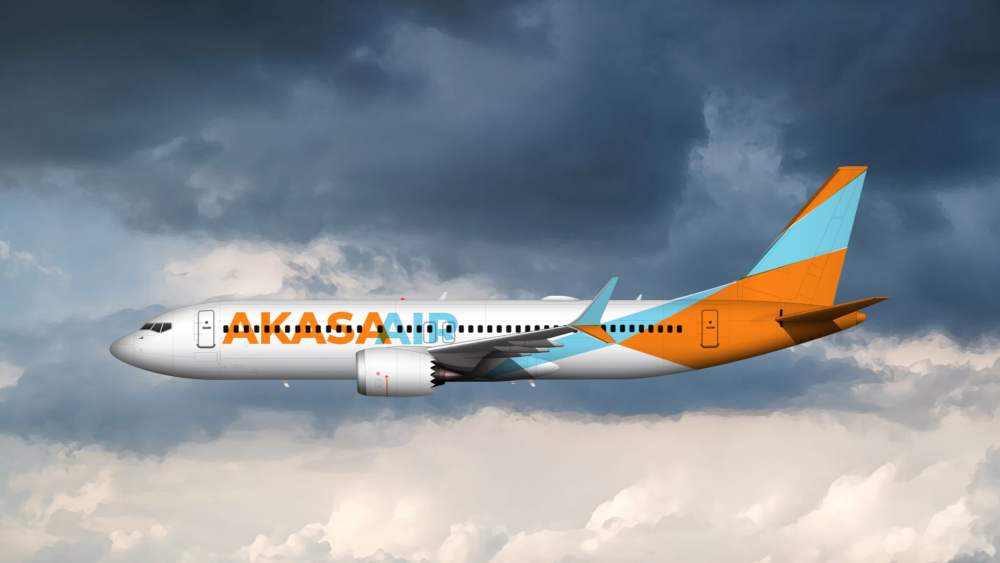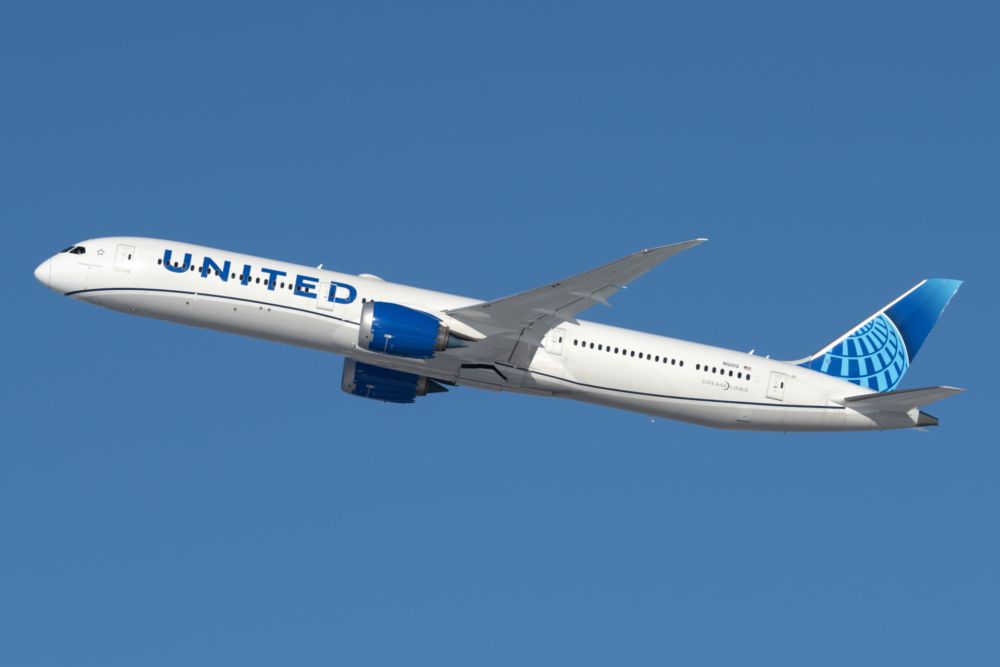As the impact of the pandemic starts to ease off on Indian airlines, the next year will be critical to making a full recovery. But with new players on the horizon, strict government regulation, and high fuel prices, what changes will Indian aviation see in the next year? Let's find out.
New players
Perhaps the biggest change coming to Indian aviation is the entry of new players, and the exit of old ones. 2022 will see the arrival of ultra-low-cost Akasa Air, a revived Jet Airways, and a consolidated Tata-owned Air India. The entry of up to three new carriers will shake up the current status quo and cause changes in the market.
The most likely outcome will be a discount war all over again. As soon as the new entrants begin offering cheap flights, existing players will quickly match to avoid being left behind. However, with the likes of GoAir and SpiceJet still reeling from the pandemic and high fuel prices, this could be another financially challenging year.
On the full-service side, Tata will become the king of the market. As owners of Vistara, AirAsia India, AI Express, and Air India, the group has a monopoly on this market segment. While it's currently unknown if Tata will consolidate all four airlines into one, doing so would bring down costs and boost the carrier's market share in the domestic and international sectors.
This will cement the new Air India as India's second-largest airline and help it fend off challenges for low-cost carriers. But what about international flights from India?
Hear from aviation’s movers and shakers. Book your free ticket for the Future Flying Forum!
Back to normalcy?
Since March 2020, India's airspace has technically been closed to all international flights. Instead, the government has placed tight controls on which airlines and can fly in and where they can fly to. While this was initially done for public health and helping Indian airlines, patience is waning as the rest of the world opens up.
We are likely to see India move back to regularly scheduled flights in the coming months. This would mean the scrapping of "travel bubbles" and allowing connecting flights again, boosting passenger options. However, this change has the potential to reshape the pandemic-created market for direct flights.
Once flights resume, expect a serious challenge from the Middle East and East Asian carriers, which have lost a substantial chunk of business from India, to come roaring back. This will mean cheaper fares for travelers and pressure on new routes started during the pandemic.
Exciting prospects
Overall, the following year is shaping up to be an exciting one for Indian aviation. Barring no further major impact from the pandemic, airlines are plotting their path to a full recovery, while others are planning to launch at the optimal time. All of this is a positive for passengers, who will have more options and lower fares in the coming months.
What do you think about the future of Indian aviation? Let us know in the comments!



